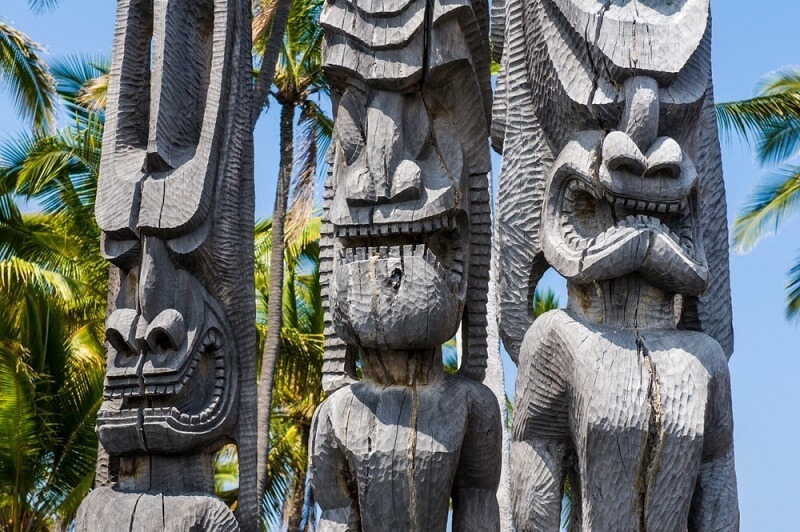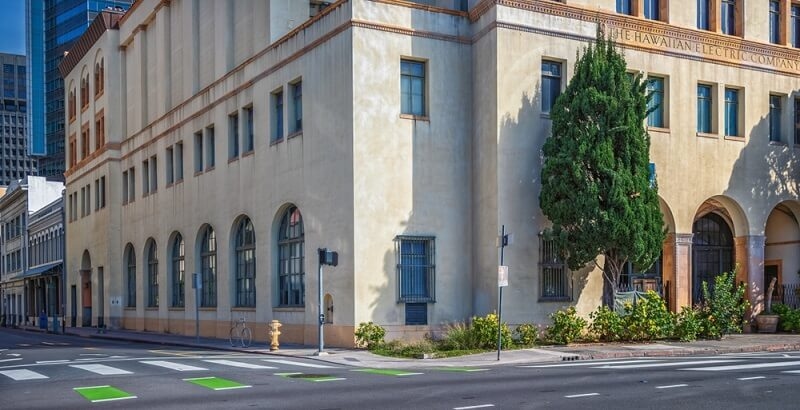
Hawaiian information and way of existence 2025 is based carefully on education to maintain the islands’ precise heritage. Programs such as Hawaiian language immersion, mo'olelo storytelling, and Punana Leo preschools are key in promoting cultural preservation. These activities will ensure that both children and businesses experience the tradition, language, and values that have described Hawaii for hundreds of years. By instilling these activities in schools and community programs, Hawaiian history and culture 2025 becomes a permanent practice—linking the past, present, and future generations while creating a sense of identity and pride across the islands.
Protecting Hawaiian history and subculture in 2025 is crucial to supporting and sustaining the islands’ cultural identity and sharing wisdom with future generations. For centuries, colonization and modernization have pressured traditional practices, and education is a critical pathway to continuity.
Through cultural preservation, Hawaiian history and way of life will remain discernible and meaningful for learners of all ages in 2025.
Read Next: Explore Ancient Hawaiian Civilization: Origins and Legacy
Hawaiian language immersion is vital to retaining the islands’ linguistic and cultural history. Students learn to talk, examine, and write in Hawaiian while also understanding the cultural context of their language.
Hawaiian language immersion enhances Identity and ensures a distinct Hawaiian account and customs. In 2025, they will be taught authentically and successfully.
Mo‘olelo storytelling has been a vital part of the Hawaiian lifestyle for centuries. Mo‘olelo is a way of sharing knowledge, values, and lessons orally, from one generation to another.
Through mo‘olelo storytelling, Hawaiian information and culture 2025 are now preserved in textbooks and as a shared experience.

Punana Leo preschools represent the primary means of cultural education by immersing the students in the Hawaiian language and culture from a young age.
In 2025, Punana Leo preschools will function as one way early education can no longer integrate Hawaiian history and culture while cultivating confident children in caring, community-based, and culturally grounded children's education.
Preschool is avriant, but Hawaiian immersion still occurs in elementary, middle, and high school. Exposure to an educational context earlier in life will inspire them to pursue fluency and culture as they mature and grow.
These practices will help ensure that Hawaiian history and culture 2025 continue.
Expand Your Knowledge: The Beauty of the Hawaiian Language
Incorporating mo‘olelo storytelling into K–12 education enriches university college students’ statistics of records and tradition.
When implemented in the classroom, mo'olelo storytelling helps make Hawaiian data and the way of life in 2025 plentiful, exciting, and engaging.
Community responsibilities are essential for preserving Hawaiian data and traditions in 2025. Schools cannot independently fulfill all of the obligations for cultural training.
Community programming ensures that cultural preservation is a shared responsibility, reinforcing what was taught in the school space.
Digital gear is increasingly used to preserve the Hawaiian language and traditions. Technologies help us expand accessibility to appropriate entrée, interactions with young people, and recording cultural experiences.
Utilizing generational learning complements traditional classroom education and expands the achievement of Hawaiian Education Goals 2025 objectives.
Family engagement is central to the revitalization of Hawaiian language immersion and culture. Through family engagement, students are reminded to bring forward their own learning and cultural identity.
Family engagement is key in ensuring Hawaiian history and culture will 2025 be practiced that are not lost in the school but are continued in everyday lives.
Mo‘olelo storytelling is a living lifestyle that has to be actively preserved. Recording oral histories and coaching storytelling abilities enables preserving continuity.
These measures will ensure that the mo‘olelo storytelling continues to be rich and relevant in Hawaiian history and lifestyles in 2025.
As Punana Leo preschools emerge, more children will be exposed to the Hawaiian language and culture at an earlier age.
With the support of these preschools, the Hawaiian language and practices will be sustained in 2025 when we begin with the earlier grades of education.
Read More: Hawaiian Festivals: Celebrate Hawaiian Culture and Heritage
Looking forward, Hawaiian culture and traditions 2025 will continue to advance through progressive pedagogies, community participation, and technology.
By embracing the one tendencies, Hawaiian history and way of life, 2025 will live a living, evolving historic past for generations to come back.
Education is the critical component to keeping Hawaiian records and culture in 2025. Hawaiian language immersion, mo‘olelo storytelling, and Punana Leo preschools ensure that traditions, language, and values are passed to future generations. Cultural maintenance will continue to thrive with the assistance of families, communities, and policy tasks, keeping Hawaii’s rich heritage alive and vibrant for future years.
This content was created by AI